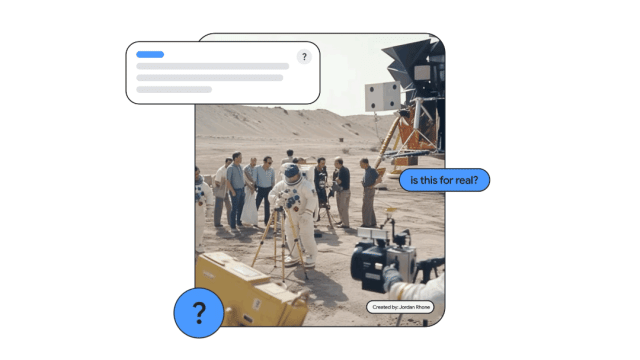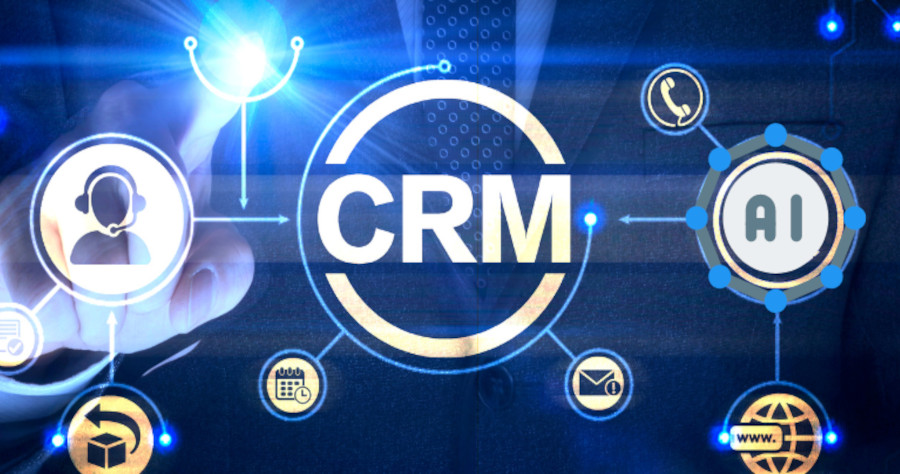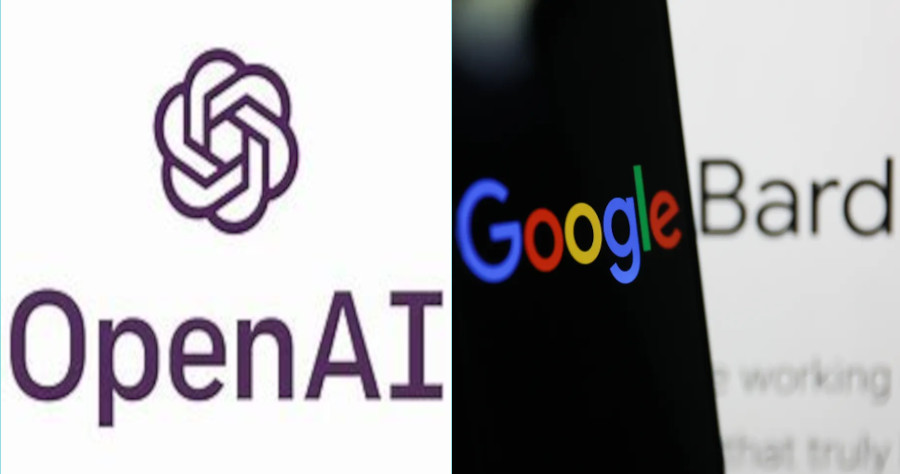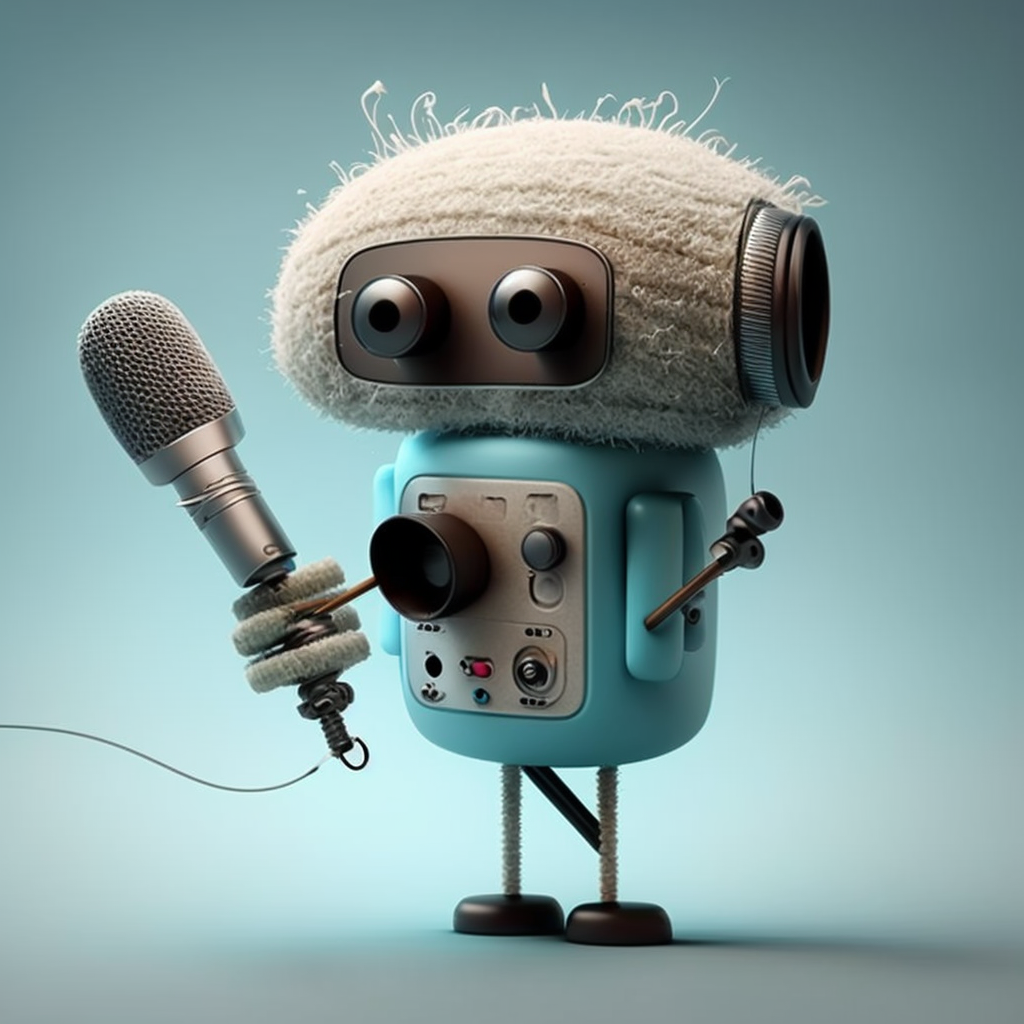Creative impersonalization is a marketing strategy employed by Phrasee, a company that utilizes AI to offer an alternative approach to personalized marketing. The concept recognizes that brands often lack the extensive data required to effectively personalize campaigns to individual users. Instead, Phrasee advocates for sending out more generic campaigns that convey the brand message on a global scale across the audience. This approach allows marketers to focus on crafting clever hooks reminiscent of traditional marketing strategies.

Accessing customer data has become increasingly challenging for brands due to privacy controls imposed by tech giants like Apple. This limitation has led to the rise of “zero party data,” which refers to data freely shared by customers with brands. To adapt to this changing landscape, brands are seeking new solutions to create diverse marketing campaigns without relying on data controlled by major tech corporations.
Phrasee’s AI-powered marketing strategy generates various permutations of content and split-tests them among their clients’ customers. This approach involves generating short-form messages like subject lines or push notifications and automating the testing process on the audience. Phrasee’s platform enables real-time tracking of the return on investment (ROI) for each campaign, providing customers with performance reporting and demonstrating the effectiveness of the tool.
While creative impersonalization is Phrasee’s current approach, the company aims to incorporate optimized personalization in the future. They plan to leverage evolving AI tools, such as ChatGPT, to generate more permutations and automate the testing process further. By using large language models, Phrasee aims to expand its capacity for testing marketing content on a larger scale.
The author highlights the ongoing development of AI and its implications for marketing. Creative impersonalization initially provided a refreshing departure from excessive personalization, which often fails to resonate with customers. However, with AI’s rapid evolution, the focus is shifting towards further personalization. The author suggests that while AI can provide valuable insights, the next groundbreaking marketing idea will still originate from human thought rather than solely relying on generated content.







